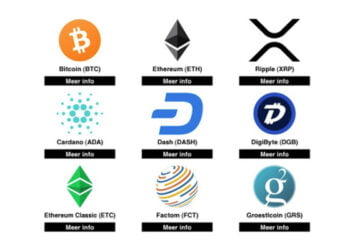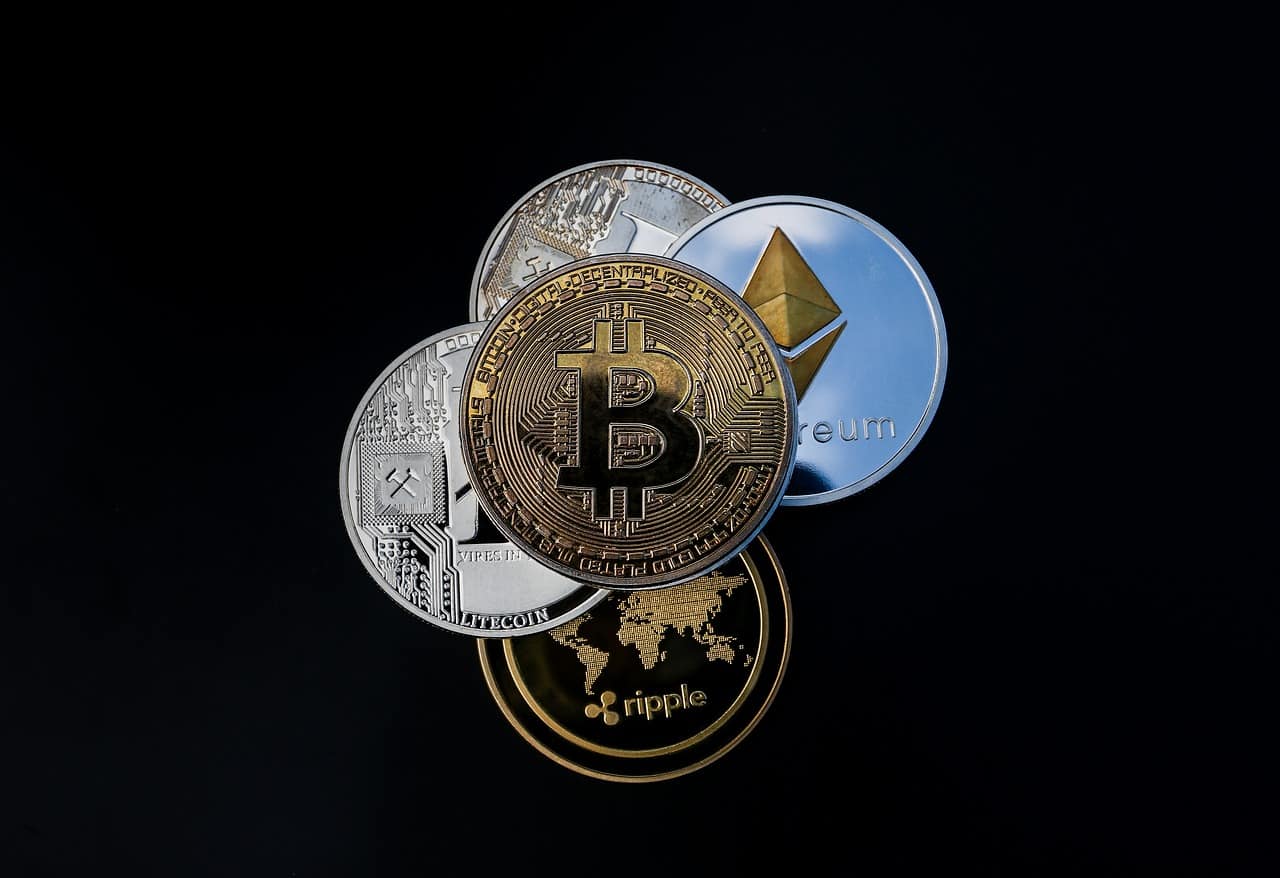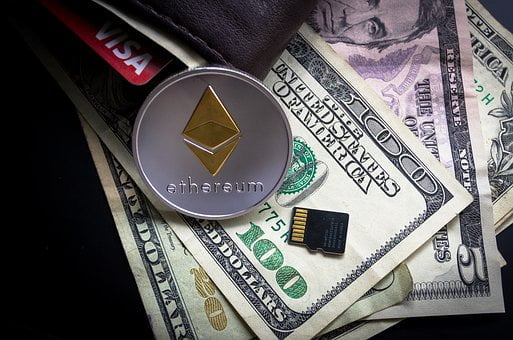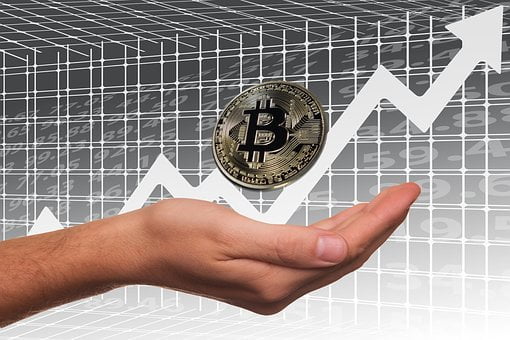As long as crypto coins exists there are crypto scams. We explain how to spot them and provide you with 5 tips to avoid crypto scams.
Of course we start with the first step when we want to know more about crypto scams. We wonder whether they even exist.
Table of Contents
Are there crypto scams?
The plain and sad answer is ‘yes’. There are many ways scammers are trying to get a grip on your hard earned crypto investments. They have four options to attack your money. These are the following:
- Attack the crypto exchange;
- Attack you by scam and fake;
- Attack the crypto currency prices;
- Create a fake coin or token;
Later on we explain how to recognize these crypto frauds and how to avoid them. Before we do that we answer another question.
Are crypto scams illegal?
When you expected a sound and clear ‘yes’ we have to disappoint you. The correct answer is ‘that depends’. Of course obvious fraud, phishing, scamming and other behaviour that is illegal in normal life are just as illegal when used in the crypto environment. However some things are, despite the immoral behaviour, not legally punishable. We give three examples:
- When it’s not prohibited by law it’s not illegal. Some dubious actors deliberately choose a location that has a bad legal system. The thoughts behind that are that when a certain action is not prohibited by law, it’s not illegal.
- A 51% attack. One way to commit a crypto ‘fraud’ is to hijack a crypto coin by taking over the blockchain. When a coin is validated by Proof of Work someone can obtain 51% of the nodes to control the blockchain and alter it.
- Pump and dump schemes. Pump and dump is prohibited on various financial markets such as stock trading. However it’s perfectly legal to create a ‘hype’ around a certain coin (even when the information given is fake) and start selling while the retail investors in the coin or token are still buying.
5 tips to recognise and avoid crypto scams
Of course you don’t want to be victim of a crypto fraud. In order to prevent that it’s important to recognise an attempted crypto scam and avoid to be trapped in a crypto fraud. We explain with some hand on examples.
Crypto scams 1: how to avoid scamming and phishing
Scamming and phishing are various tactics to obtain access to your cryptocurrency without your consent. This is usually done in two ways. Either you get an e-mail from a ‘trusted party’ to login and perform a transaction, either you’re contacted by an impostor who claims to be a representative from a party you trust with a request to urgently transfer your funds.
The way to avoid these sort of crypto scams is to use the following steps:
- Your trusted exchange and trusted wallet companies will never ask you for passwords and privacy keys, so don’t provide them.
- If someone calls you: end the conversation and get in touch with the helpdesk of the provider involved in a way you regular use and trust. Ask them what’s going on and discuss matters.
- Don’t share your private key or wallet password (let alone the seed phrase) in ANY circumstance.
Crypto scams 2: how to avoid an attack on the crypto exchange of your choise?
Of course you are not capable of stopping an attack on a crypto exchange as an average investor, however you can do three things to avoid the exposure of your crypto and/or money to an attack. The measures you can take are:
- Use a separate wallet. When you leave your crypto on the exchange (sometimes even when you use an exchange wallet) you don’t have the private key of your cryptocurrencies. These private keys are the main target for scammers. It’s called ‘a single spot of weakness’. By using a separate wallet you have the private keys of your crypto.
- Don’t leave unused money on your account. If you want to make a deposit to invest do it at the time you are ready to effectively buy the crypto of your choice. The same goes with a sale. Have you sold your crypto and you don’t want to reuse your fiat? Make a withdraw to your bank account.
When you’re in a situation where it’s not profitable to pay out or invest on the spot you can consider to convert your money into a stable coin like Tether (USDT) or USD Coin (USDC) and leave it there until you spot the right destination or right time to (re)invest.
- Open a second trading account with another broker. For European traders the pairing Bitvavo and Changelly exchange is a commonly used option. When there is a digital attack on a certain broker and their site is down you’ve enabled yourself continue trading without the hassle of verifications etc. Especially when the market is volatile and you have transferred your crypto to a wallet there can be nice money made when you’re prepared.
Of course BItcoin (BTC) is a trustable cryptocoin to invest in. This is the actual Bitcoin price:
Crypto scams 3: How to detect a pump and dump scheme in play?
When you’re following the markets closely, you may spot some cryptocurrencies that are rising fast. You investigate and find out that there is a lot of ‘buzz’ on social media and you reckon that you’re in to a winner. Sadly chances are that you’ve spotted a ‘pump and dump’ scheme without knowing. During a ‘pump and dump’ the initiators buy a lot of coins from a certain crypto for a low price.
After the bought the currency they start to spread (fake) news and create a hype on social media. Other investors will notice the hype and buy the same coin. This causes a snowball-effect and before you know it, lot’s of buyers are stepping in. At that time the initial buyers are selling their coins for the high prizes as noted on the exchange. Once they have sold and made a profit they stop the pumping and all that’s left for the retail investors is dumping (of course against a loss).
By the way, this snowball-effect is not to be confused with the crypto snowball, which is a regular effect of crypto-trading in a bear trend.
Of course there are several steps to avoid that you become the next victim of these crypto scams. We provide three simple steps:
- Check the long-term trading history. Is there an unexpected increase of the amount of coins trading at a given moment? Has there never been such a firm bull run before? Why should there be now?
- Check the sources of news and rumours. Who are selling the news? Are these reputable parties or vague anonymous internet trolls (that might even have a reputation of pumping and dumping)?
- Use stop loss or trading bot facilities such as Cryptohopper to make sure you protect your investments, even during a pump and dump scheme.
Crypto scams 4: Creating a fake coin or fake exchange
Another way to scam investors out of their crypto investments and/or fiat is to create a fake account or fake exchange. This is a classic fraud. Either people buy coins and find out the hard way that selling back or withdrawing your money is impossible. Another option is that you come across an exchange or coin that does provide huge returns for a wile and suddenly disappears. In that case faking a coin or exchange is often combined with the classic Ponzi scheme or a ‘pump and dump’ scheme.
You can avoid using fake exchanges and buying fake cryptocurrencies by following three simple steps:
- When you consider a crypto exchange check Google and find out about the history and reputation of the exchange;
- When you consider buying a new crypto coin check the team behind the coin. Are these people reputable and is there a clear road map?
- On which exchanges is the crypto coin listed? When a coin is listed on free exchanges with small or no checks changes are larger that there is a scam. On regular exchanges cryptocoins are checked before they get listed. One of the most recent examples of a crypto scam with a fake coin is the Squid Game Token. On WANT.nl we explained the Squid Game Token Fraud (in Dutch).
Bonus tip 5: stay away from the ‘recovery services’ and be careful with the ‘pump and dump pools’
There are certain communities on social media that organize pump and dump strategies. When you’re part of such a community you get ‘tips’ to buy certain coins and profit from a pump that the owners of the group are planning. However, often these owners have initiated the pump before sharing their ‘tips’ and it turns out that you become a victim instead of a profitable trader.
The most saddest form of a crypto fraud is the ‘recovery fund’. Once you have been scammed and lost your money this scam begins. After a while you get an email from a so-called security specialist or even ‘official’ crime fighters. They have good news! You’re scammed funds are traced and they can be recovered, however you have to pay a small contribution in the costs. (usually a percentage of the stolen funds). Of course you’ll have to pay upfront, because once you’ve paid there will be no follow up. The mail is sent by the same scammers that took your initial investments and you’re scammed for the second time.
Hopefully these tips to recognise and avoid crypto scams are helpful to trade in a safe and responsible way.
Check our overview of live Bitcoin and live crypto prices!
Note: We never provide financial advice, so you can’t interpret our contributions that way. Always do your own research and make rational decisions about whether, when, in what and how much you want to invest.


















